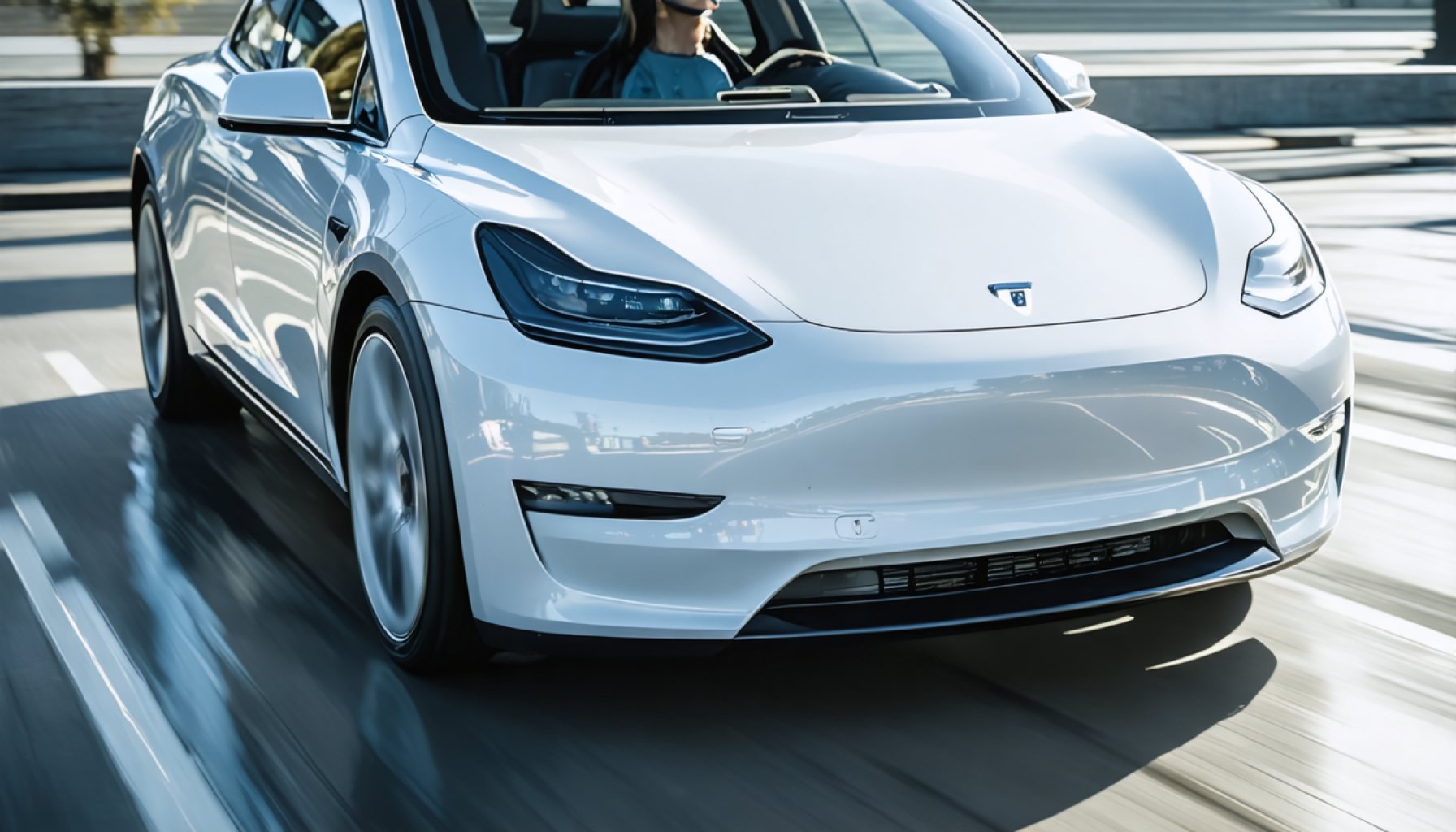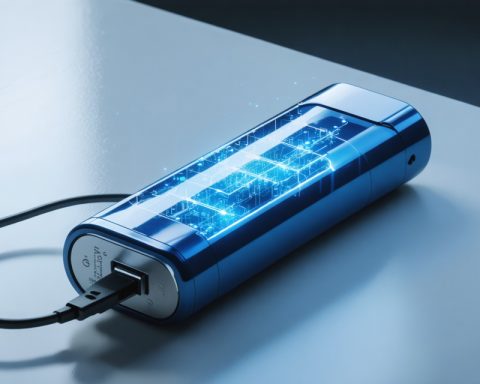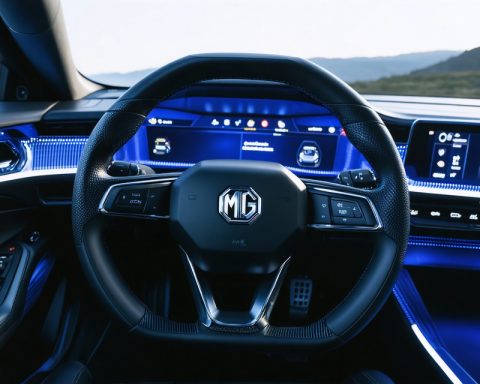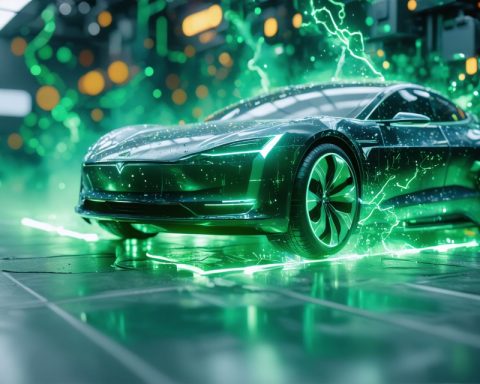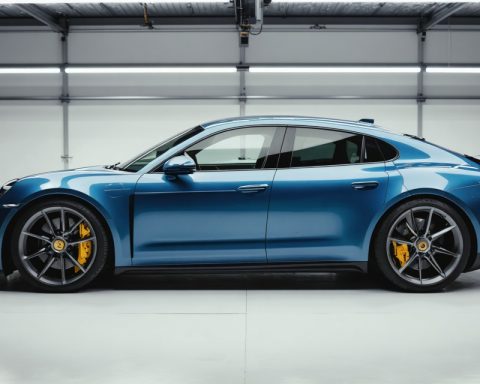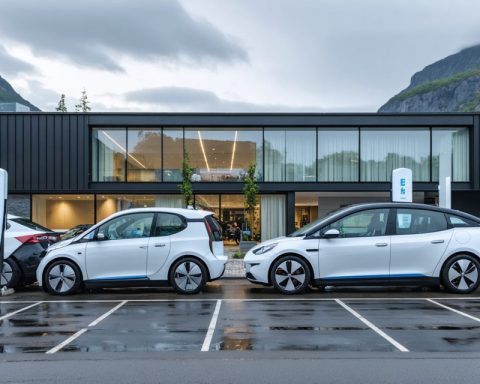- The Hyundai Ioniq 5 demonstrates exceptional durability, covering over 666,255 kilometers on its original battery, maintaining 87% capacity.
- High-mileage achievement dispels early myths regarding rapid battery decline in electric vehicles (EVs).
- Other notable EVs breaking longevity records include Tesla Model S 70D and Model 3, as well as the BMW i3 in southern Africa.
- Chevy Bolt and first-generation Nissan Leaf owners have surpassed impressive mileage milestones, exceeding 300,000 and 150,000 miles respectively.
- These stories highlight a shift in consumer confidence towards the sustainability and reliability of EV technology.
- Electric vehicles are emerging as durable and viable alternatives in the shifting landscape towards green technology.
Beneath the glimmer of a charging port in South Korea, a Hyundai Ioniq 5 is redefining what durability means in the world of electric vehicles. This resilient EV has driven over 666,255 kilometers (or 413,991 miles), steadfast on its original battery, a feat many thought impossible just a decade ago. Such revelations dispel the myths that shrouded the early days of electric vehicles, when industry skeptics predicted a rapid decline in battery life.
Journey back to 2011; the world met the Nissan Leaf, and with it, a cloud of doubt about EV longevity. How times have changed. Today, this high-mileage Hyundai stands as a robust testament, sporting 87% of its original battery capacity, even with frequent DC fast charging. While it has weathered minor mechanical challenges—such as the replacement of its Integrated Charging Control Unit—its road-tripping prowess is undeniable.
However, the Hyundai Ioniq 5 isn’t alone in shattering records and silencing critics. In the United States, Tesla’s marathon runners are leaving combustion engines in the dust. For example, a Tesla Model S 70D, moonlighting as a taxi, has clocked 424,000 miles, its rear motor running like the heart of an Olympic athlete despite its age. In Germany, a Model 3 owner has pushed past 500,000 kilometers, maintaining original motors and brakes, a testament to engineering excellence.
In southern Africa, Shaun Maidment’s BMW i3 defies its subcompact size, achieving 301,998 kilometers, relying on both electric power and a range extender system. Across the Atlantic, Chevy Bolt enthusiasts revel in the reliable longevity of their vehicles, frequently surpassing 300,000 miles on original battery packs amidst lively forum discussions. Meanwhile, a first-generation Nissan Leaf in Washington state defies its age, boasting a credible 150,000 miles.
Through these high-mileage expeditions, a clear narrative emerges: electric vehicles, once shrouded in skepticism, are proving themselves as paragons of durability, rewriting the automotive playbook. For consumers, these stories are more than just anecdotes. They represent a pivotal shift in trust and confidence towards sustainable transportation alternatives.
The key takeaway? Electric vehicles are more than capable of traversing distances unimaginable to their initial detractors. They are quietly and persistently proving that when well cared for, they can stand the test of time—and distance. With the world turning steadily towards green technology, these underdog stories remind us of the uncharted potential that whispers beneath the hum of an electric motor.
Electric Vehicles: A New Era of Durability and Performance Unveiled
The Evolution of Electric Vehicles: Beyond Doubts and Myths
Electric vehicles (EVs) have come a long way from the skepticism that surrounded their early days. The tales of high-mileage vehicular feats, as seen with the Hyundai Ioniq 5, have dispelled many myths, particularly the one concerning battery longevity. Having driven over 666,255 kilometers (or 413,991 miles) on its original battery, the Ioniq 5 retains 87% of its battery capacity, a remarkable testament to modern EV technology.
How-To Maximize EV Longevity
1. Regular Maintenance: Consistently check and maintain the vehicle’s key components, like brakes and suspension.
2. Battery Care: Use a mix of fast and slow charging. Avoid letting the battery drain completely.
3. Tire Management: Maintain proper tire pressure to ensure optimal performance.
4. Software Updates: Regularly install manufacturer updates to enhance efficiency and performance.
Real-World Use Cases: The Top High-Mileage EVs
– Tesla Model S 70D: A workhorse in the taxi industry, it boasts 424,000 miles with robust motor health.
– BMW i3 in Southern Africa: Demonstrates versatility with a range extender, covering 301,998 kilometers.
– Chevy Bolt Enthusiasts: Regularly driving past 300,000 miles, showing that electric reliability isn’t brand-exclusive.
Market Forecasts & Industry Trends
The electric vehicle market is poised for unprecedented growth, driven by innovation in battery technology and increasing consumer confidence. According to IEA, global EV sales are expected to surpass 13 million by 2030. This growth is supported by government incentives and an increasing emphasis on sustainable transportation solutions.
Security & Sustainability
EVs not only reduce dependency on fossil fuels but also cut down on emissions, offering a greener alternative for the future. Moreover, the automotive industry is investing heavily in recycling solutions to make lithium-ion battery disposal more sustainable.
Insights & Predictions
– Cost Reductions: As battery technology advances, EV production costs will decrease, making them more accessible.
– Infrastructure Developments: Improved EV infrastructure, like charging stations, will cater to longer travels and increase adoption.
Pros & Cons Overview
Pros:
– Longevity and reliability have improved, as evidenced by high-mileage records.
– Lower operating costs compared to traditional combustion-engine vehicles.
– Environmental benefits due to reduced emissions.
Cons:
– Initial purchase price can be high, though offset by lower running costs.
– Charging infrastructure still developing in certain regions.
– Battery degradation is inevitable, though advancements are mitigating severity.
Actionable Recommendations for Potential EV Buyers
If you’re considering an electric vehicle, weigh the long-term savings against the initial purchase cost. Particularly focus on models with a proven track record of longevity. Ensure there’s adequate charging infrastructure for your regular routes, and consider options that fit your lifestyle while providing environmental benefits.
EVs continue to demonstrate their durability and reliability, reshaping the automotive landscape. They’re more than a sustainable alternate; they represent a crucial shift towards future-forward transportation solutions. Embrace the change and be a part of the evolution.
For more information on electric vehicle innovations and industry updates, visit Hyundai and Tesla.
